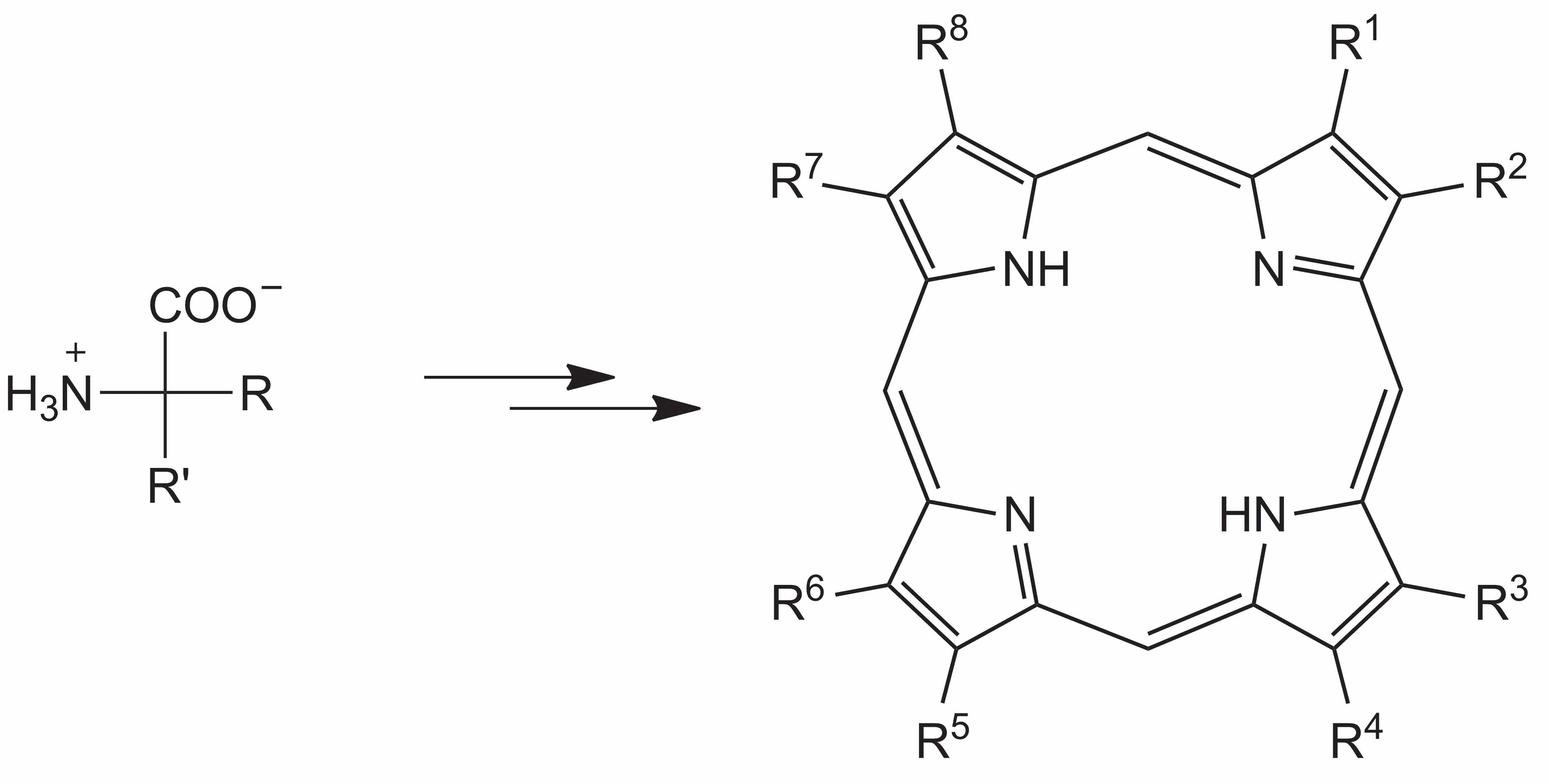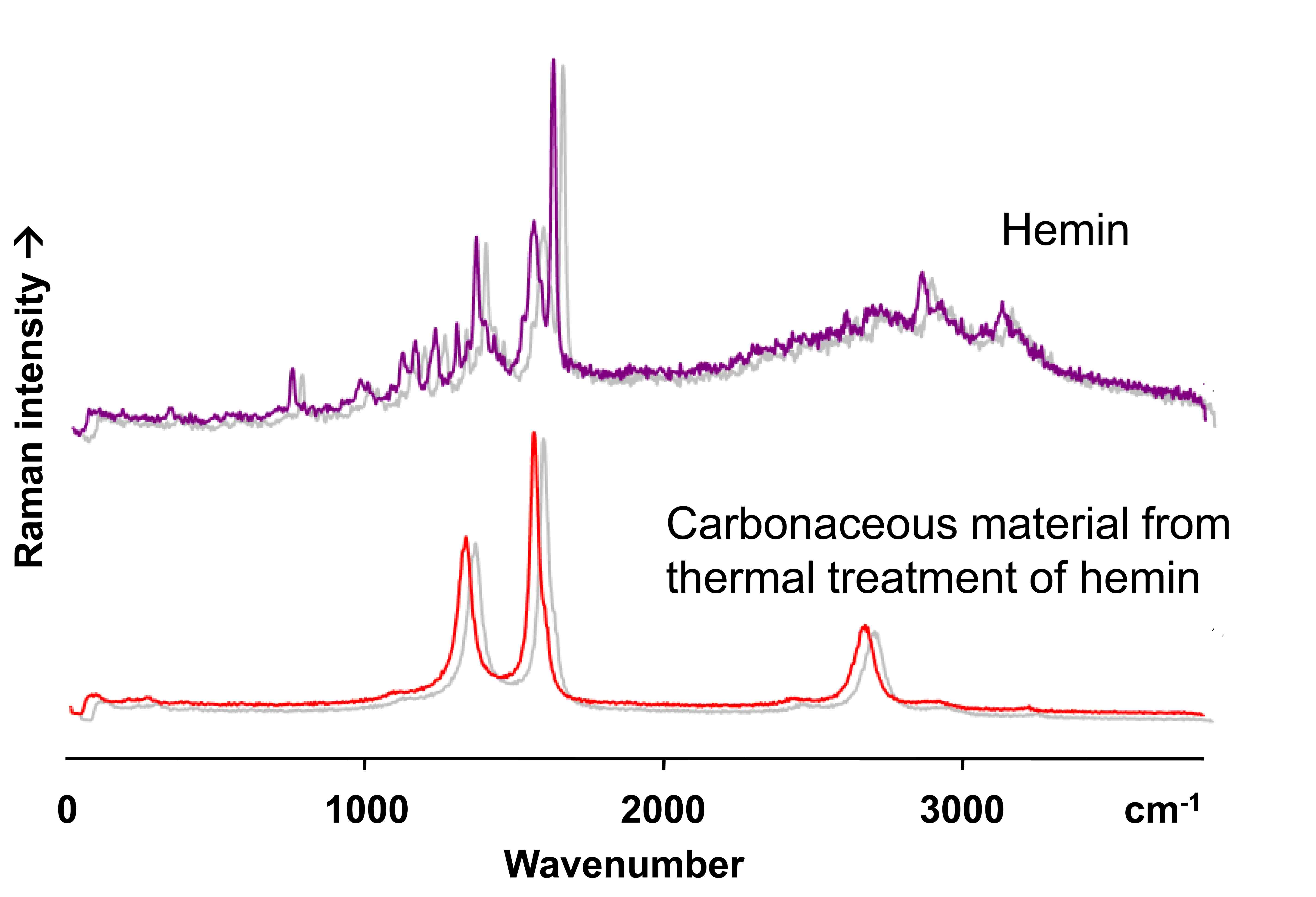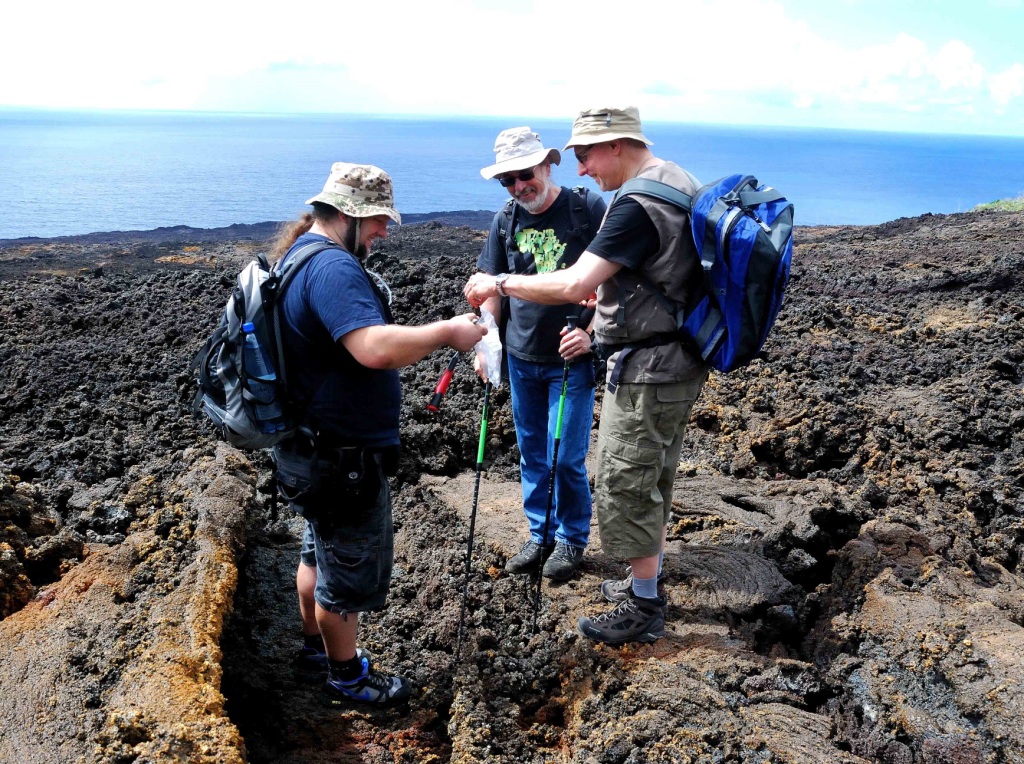
Research
Our
research mainly consists of laboratory experiments and, to a lesser extent,
field studies. The experiments and sample preparations are often conducted under
oxygen-free conditions, either in a glove box or in Schlenk-type apparatuses. We
use several analytical methods to study chemical reactions, for example GC-MS,
HPLC, MS (LDI, MALDI, ESI-Orbitrap), vibrational spectroscopy (IR, Raman),
UV-vis spectroscopy, and X-ray diffraction (powder, single-crystal).
Our
current research interests focus on three topics:
1. Abiotic Organic Reactions on (Young) Terrestrial Planets
There is
practically no doubt that large amounts of diverse organic compounds were
abiotically
(trans)formed on early Earth and Mars. What was the role of
inorganic components such as metal ions, salts, minerals, and rocks in these
organic reactions? We try to answer this question by experimentally simulating
relevant chemical and physical conditions on young terrestrial planets. In our
experiments, we found, for example, a possible prebiotic pathway from amino
acids to porphyrins, which depends on Ca(II) or Mg(II) from sea salt,
hydrochloric acid, and nitrite. The inorganic components are plausible to have
occurred on primordial volcanic islands.

Such
“spontaneous” abiotic reactions are interesting in the context of the origin of
life (prebiotic chemistry, chemical evolution). Moreover, they have implications
for the search for extraterrestrial life, because a biomolecule that can also be
formed abiotically cannot automatically be regarded as a signature of life.
2. Chemical Biosignatures in the Search for Extraterrestrial Life
The
search for life on Mars is among the most exciting current activities in
astrobiology. Chemical remains of possible extant or extinct Martian life forms
may serve as biosignatures. However, biomolecules will be rapidly altered under
the harsh conditions of the Martian surface (UV and cosmic radiation, impacts,
and volcanism earlier in Martian history). Therefore, we became interested in
experimentally simulating some of the alteration processes. We use Raman
spectroscopy as the primary method to characterize the products which are formed
when biomolecules are, for example, thermally altered.

Raman
spectrometers can be carried to Mars, for example as part of the instrumentation
of rovers. Our studies aim to establish correlations between the product
spectra, the original biomolecules, and the alteration conditions. This work is
done in cooperation with Dr. Ute Böttger
and Dr. Jean-Pierre deVera of the DLR Institute of Planetary Research in Berlin.
3. Primordial Volcanic Islands
There are
indications that life might have originated on land. Volcanic islands were
probably the first subaerial environments on Earth. They would have provided
diverse chemical and physical conditions. In principle, such a situation must
have been favorable for chemical evolution. A wide range of temperatures,
ash-gas clouds, volcanic lightning, lava–seawater interaction, rock pools, and
mineral catalysts are among the prebiotically interesting aspects of volcanic
islands. Field studies on modern volcanic islands provide new ideas for
laboratory experiments and their “realistic” design. In addition, volcanic rock
for use in these experiments can be collected.

On the
2007 lava field at the Piton de la Fournaise volcano on La Réunion island. From
left to right: Stefan Fox, Thomas Staudacher, Henry Strasdeit. Thomas Staudacher
is with the
Observatoire
volcanologique du Piton de la Fournaise.